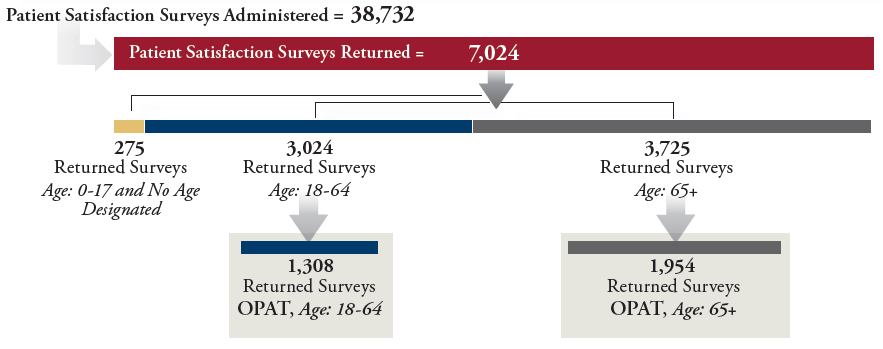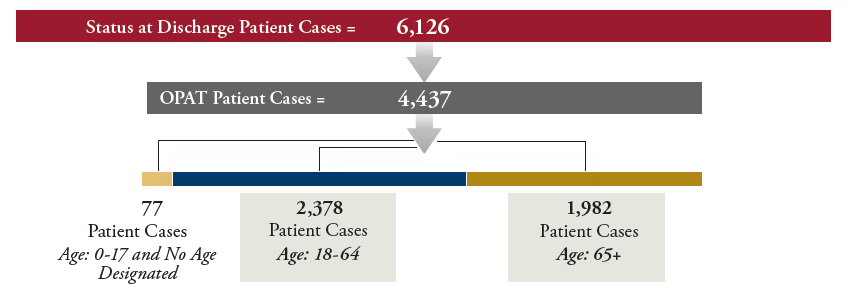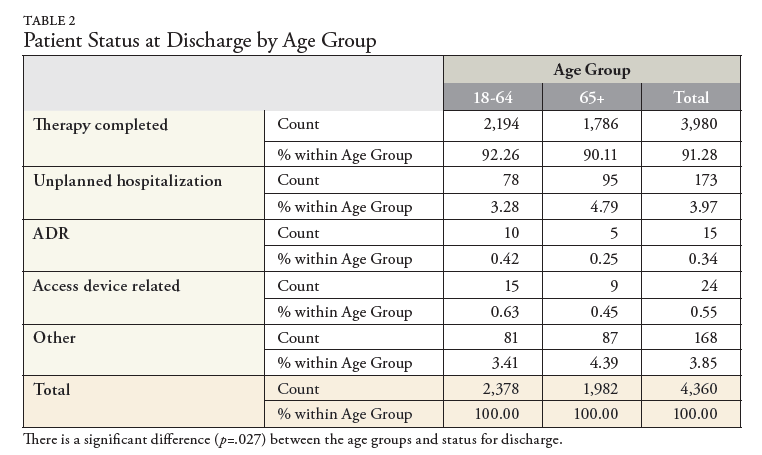1. U.S. Census Bureau. 65 and older population grows rapidly as baby boomers age. June 25, 2020. Release Number CB20-99. https://www.census.gov/newsroom/press-releases/2020/65-older-population-grows.html. Accessed May 31, 2022.
2. Howard Hogan, Deborah Perez, and William Bell, Who (Really) Are the First Baby Boomers? Joint Statistical Meetings Proceedings, Social Statistics Section, Alexandria, VA: American Statistical Association, 2008, pp. 1009–16.
3. CDC, National Center for Health Statistics. Older Persons’ Health. https://www.cdc.gov/nchs/fastats/older-american-health.htm. Accessed March 25, 2022.
4. The Associated Press-NORC Center for Public Affairs Research. Long-Term Care in America: Expectations and Preferences for Care and Caregiving (cited 2022 May 3). Available from: https://www.longtermcarepoll.org/wp-content/uploads/2017/11/AP-NORC-Long-term-Care-2016_Trend_Report.pdf
5. Hamad Y, Lane MA, Beekmann SE, Polgreen PM, Keller SC. Perspectives of United States-based infectious diseases physicians on outpatient parenteral antimicrobial therapy practice. Open Form Infect Dis, 2019;6(10). doi: 10.1093/ofid/ofz363.
6. National Home Infusion Foundation (2020). Infusion Industry Trends 2020. Published by the National Home Infusion Association
7. Sullivan C, Haines DJ. Setting the bar – establishing industry standards through benchmarking. INFUSION. 2018; 24(4): 26-33.
8. Sriskandarajah S, Hobbs J, Roughead E, Ryan M, Reynolds K. Safety and effectiveness of ‘hospital in the home’ and ‘outpatient parenteral antimicrobial therapy’ in different age groups: A systematic review of observational studies. The International Journal of Clinical Practice, 2018. https://doi.org/10.1111/ijcp.13216
9. Sullivan C, Haines DJ. Uniform patient satisfaction survey questions for home infusion providers. INFUSION. 2017; 23(2):29-36.



